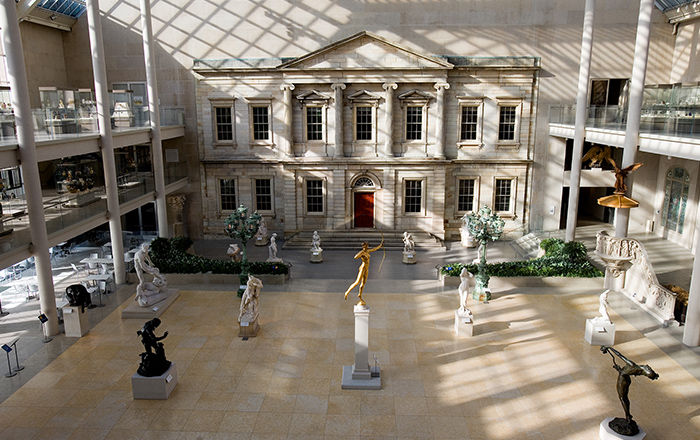“Shell” plate, shape no. D21
Manufacturer Griffen, Smith & Co. American
Not on view
Majolica, earthenware mass-produced using molds and hand painted with brightly colored lead- glazes, was popular in America in the 1870s and ‘80s, a phenomenon that became known as the "majolica craze." Its imaginative forms, elaborately modeled shapes, and brightly painted decoration fulfilled the American middle-class desire for aesthetically minded but affordable ceramics. Following majolica’s origins in the pottery region of Staffordshire and the British domination of the market, American manufacturers, often immigrants from England, began to produce their own wares and supply local demand.
Griffen, Smith & Hill of Phoenixville, Pennsylvania, was one of the most prolific and successful American manufacturers of majolica. Their line of majolica, "Etruscan Majolica," was marked by brilliant pastel colors and crisp modeling. Griffen, Smith and Hill were noted for their use of natural motifs, a characteristic of American majolica. The plate is in the "shell" design, part of a very popular line of shell and seaweed tableware.
